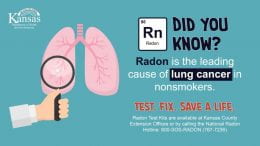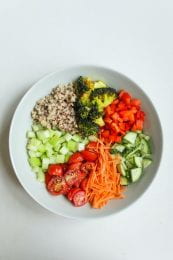What is seasonal affective disorder?
According to the National Institutes of Mental Health, people may start to feel “down” when the days begin to get shorter in the fall and winter and begin to feel better in the spring with longer daylight hours. In some cases, these  mood changes can become more serious and affect how a person feels, thinks and handles daily activities. If you have noticed significant changes in your mood and behavior when the seasons change, you may be suffering from seasonal affective disorder (SAD), a type of depression.
mood changes can become more serious and affect how a person feels, thinks and handles daily activities. If you have noticed significant changes in your mood and behavior when the seasons change, you may be suffering from seasonal affective disorder (SAD), a type of depression.
What are signs and symptoms of SAD?
SAD is not considered a separate disorder but is a type of depression characterized by its recurrent seasonal pattern, with symptoms lasting 4 to 5 months. Not every person with seasonal affective disorder will experience all of the symptoms listed below:
- Feeling depressed most of the day, nearly every day
- Losing interest in activities you once enjoyed
- Experiencing changes in appetite or weight
- Feeling sluggish and agitated
- Having low energy
- Feeling hopeless and worthless
- Having difficulty concentrating
- Having frequent thoughts of death or suicide
- Oversleeping (specific to winter-pattern SAD)
- Overeating, particularly craving carbohydrates (specific to winter-pattern SAD)
- Social withdrawal (specific to winter-pattern SAD)
What causes SAD?
According to the National Institute of Mental Health, scientists do not fully understand what causes SAD, but research indicates that people with SAD may have reduced activity of serotonin, which helps regulate mood. Research also suggests that sunlight controls levels of molecules that help maintain serotonin levels. For individuals with SAD, this regulation does not function properly, resulting in lower levels of serotonin in the winter. A deficit in Vitamin D may also play a role in Seasonal Affective Disorder because Vitamin D is believed to promote serotonin activity.
How is SAD treated?
Treatments available to help individuals with Seasonal Affective Disorder include: light therapy, vitamin D, psychotherapy and antidepressant medications. If several of the signs and symptoms listed above apply to you, it is important for you to see your doctor so you can feel better.
If you or someone you know is in immediate distress or is thinking about hurting themselves, call the National Suicide Prevention Lifeline toll free at 1-800-273-TALK (8255) or text the crisis text line (HELLO to 741741).
For more information, please visit the source of this article: https://www.nimh.nih.gov/health/publications/seasonal-affective-disorder/index.shtml
By: Ashley Svaty

 meet recommended intakes for dietary fiber. Dietary fiber is a complex form of carbohydrate. Several decades of studies have confirmed the health benefits of eating a fiber-rich diet. Only plant foods contain fiber and diets containing fiber such as fruits, vegetables, and whole grains may reduce the risk of coronary heart disease and improve regularity.
meet recommended intakes for dietary fiber. Dietary fiber is a complex form of carbohydrate. Several decades of studies have confirmed the health benefits of eating a fiber-rich diet. Only plant foods contain fiber and diets containing fiber such as fruits, vegetables, and whole grains may reduce the risk of coronary heart disease and improve regularity. Sleep has a major impact on overall health and quality of life, including the way we feel, look, and perform on a daily basis. Your body needs sleep to repair muscles, consolidate memories, and regulate hormones and appetite.
Sleep has a major impact on overall health and quality of life, including the way we feel, look, and perform on a daily basis. Your body needs sleep to repair muscles, consolidate memories, and regulate hormones and appetite.


